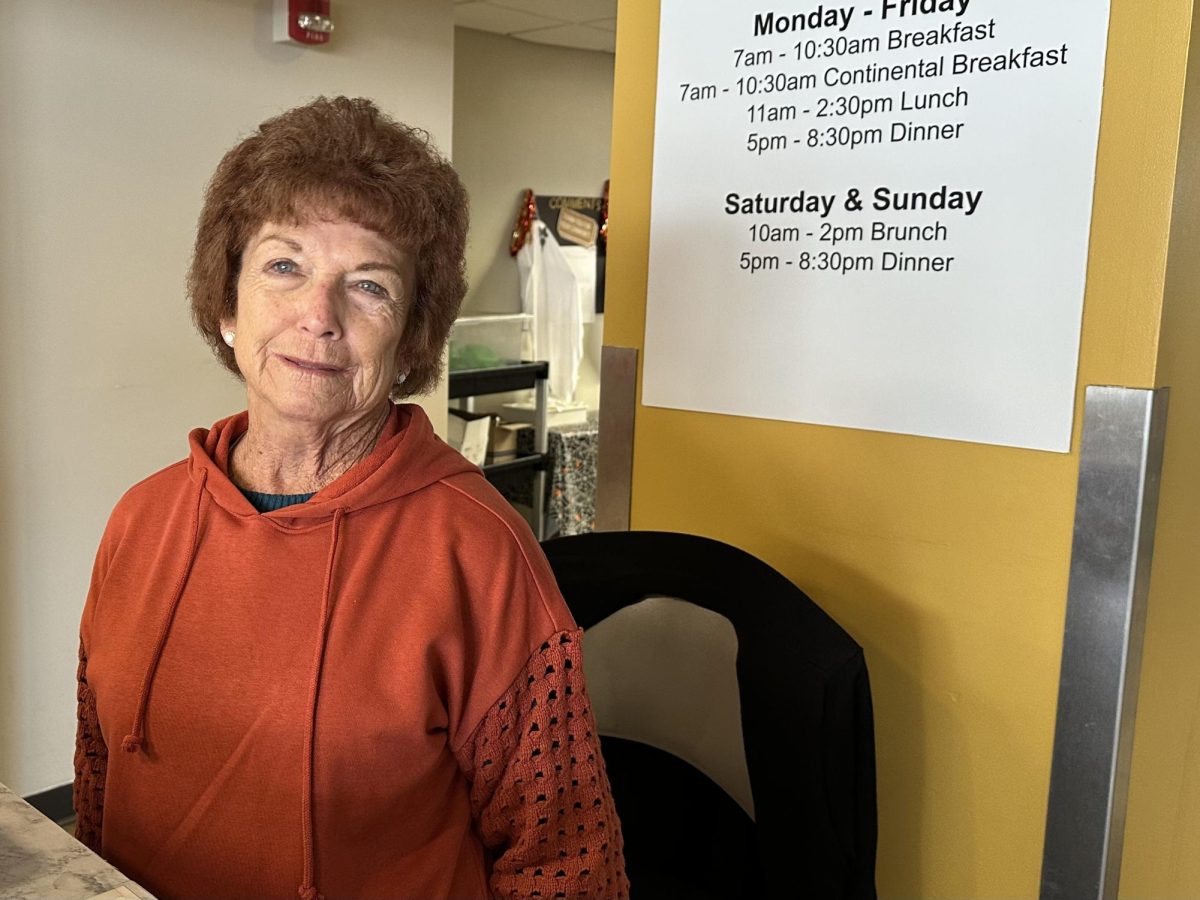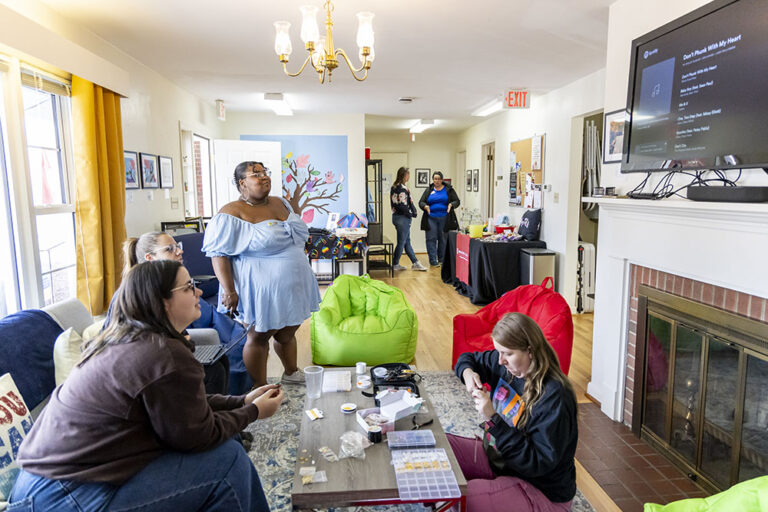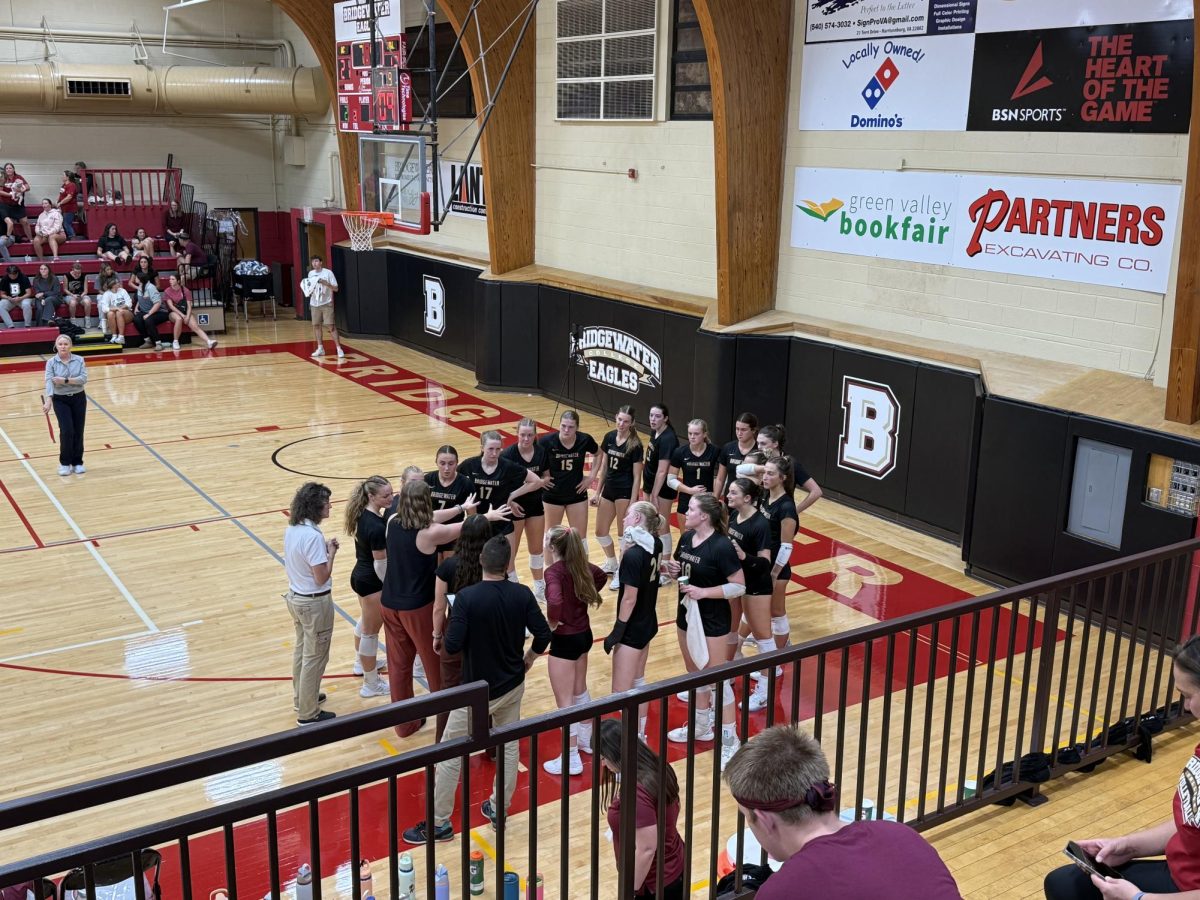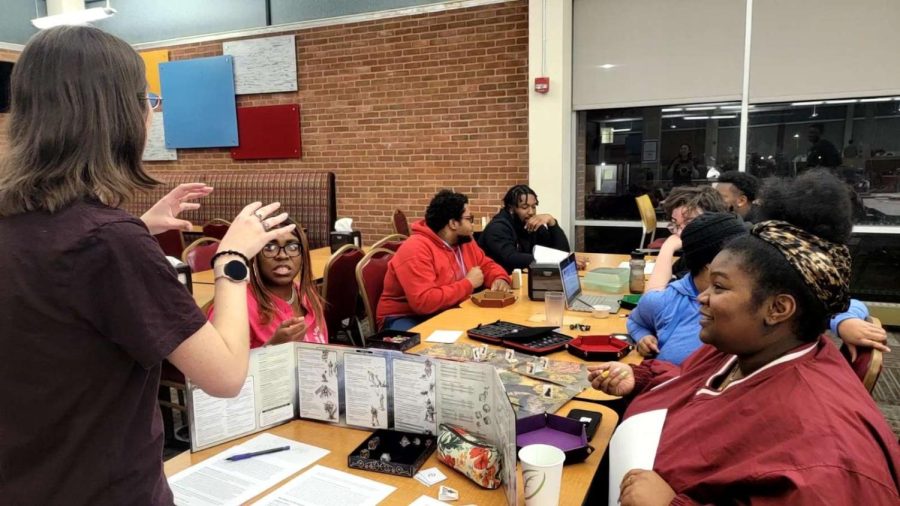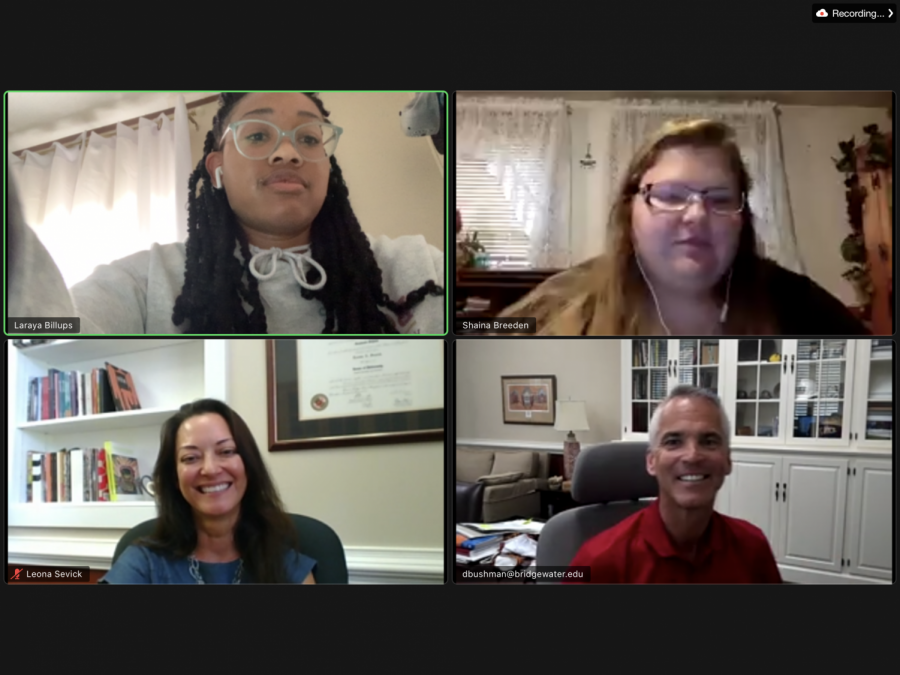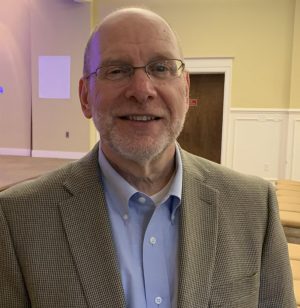Update on Bridgewater College’s Strategic Resource Allocation Process
SRA Goal to ‘Provide the Best Experience For Students’
An interview with President Bushman and Provost Sevick on Zoom. Senior Laraya Billups and senior Shaina Breeden ask questions about the final steps of the SRA process.
September 22, 2020
Bridgewater, Va. – The task forces for the Strategic Resource Allocation process completed the evaluation and sorted all programs into quintiles this summer, leaving senior leadership and the board of trustees to make final decisions.
The two task forces — one focused on academic programs and the other on support programs — analyzed financial data supplied from the college as well as reports prepared by each program.
“Basically everybody on campus had the opportunity to talk about their programs and do a little of the review of their own information and data,” said President David Bushman. “The two task forces looked at all of those departmental reports. Then their task was to do some review and analysis and sort all of the programs into five different categories that are helping us understand cost effectiveness, relevance to the institution’s mission, and student interest and demand.”
After analyzing the data, the task forces made their own reports and sorted programs into one of five quintiles. These reports were made public to Bridgewater College faculty and staff in mid-August.
What Comes Next?
The next step in this process is for the college’s senior leadership (e.g., President Bushman, the vice presidents, department heads such as the athletic director, etc.) to review all the data as well as the reports from the two task forces.
The senior leadership will take the month of September to do their review.
Bushman said that this would include “recommendations on the programs that we think might be merged, programs that are candidates for enhancement — that can do a lot more if we put more resources into them and some programs that we are going to phase out.”
Bridgewater students will be updated on the process and its outcomes sometime around the beginning to middle of October 2020.
The student update will likely be a town hall via Zoom; however, the administration is open to hearing alternatives.
The board of trustees will get the recommendations the senior administration proposed when the results go public around the beginning of October. The board will then have about a month to review all of the information and make the final decisions at their scheduled meeting on Nov. 6.
“Ultimately final decision making authority rests with the board,” said Bushman. “We have a very strong board of trustees in the sense that most are alumni. They care deeply about this place. They have great confidence and trust in the good work of our faculty, staff and administration.”
Impact on College Employees
The results of this process will likely mean discontinuing some programs, which may lead to the release of some faculty and staff members. According to Bushman and Provost and Vice President for Academic Affairs Leona Sevick, who was the academic task force coordinator, faculty and staff have been engaged in the SRA process since the beginning in an effort to make this a transparent experience.
“This process is one of the hardest things any institution can do because it is going to have a negative impact on some of our employees,” said Bushman.
Plans are being made to make sure the transition is as smooth as possible for those affected. These plans include an early retirement plan and the assurance that their job will be secure until the end of that academic year.
“We’ve had multiple conversations with faculty and staff in a variety of gatherings, but we also have an opportunity in October after our recommendations are made public to our community,” said Sevick.
Due to the overlap of programs, programs from all quintiles are candidates for phase out. Some programs are connected to other programs that may be in different quintiles; for example, Parkhurst had to be divided because of the complexity of the program.
In the end, quintiles are used as “an analysis tool, not a decision making tool,” said Bushman.
However, popular programs will not be candidates for phase out, and the process for eliminating programs is not immediate.
“Once we know what the recommendations are, and the board’s decision, then we can start thinking about implementation,” said Bushman. “I can’t imagine there would be a lot of impact in this academic year.”
Vice President for Finance and Treasurer Anne Keeler, the support task force coordinator, was not available for the interview.
Impact on Students
The goal of phasing out less popular programs is to “focus on the strength of the institution,” said Sevick.
If students are enrolled in academic programs that become candidates for phase-out, they will be able to finish their degree. This includes first year students in the class of 2024.
“Nobody’s going to have to transfer to complete their degree,” said Bushman. “Nobody’s going to be left high and dry.”
According to Bushman, this process could possibly slow the rate of rising tuition.
“There is a limit to how much and how fast we can raise tuition,” said Bushman. Bushman desires to make Bridgewater College worth the cost of tuition by showing attention to programs of interest for students.
“I can’t say that because we’re doing this that tuition will be flat next year. It doesn’t work that way,” said Bushman. “We’re driven to provide the best experience, but we also have to make it accessible and affordable to students.”



